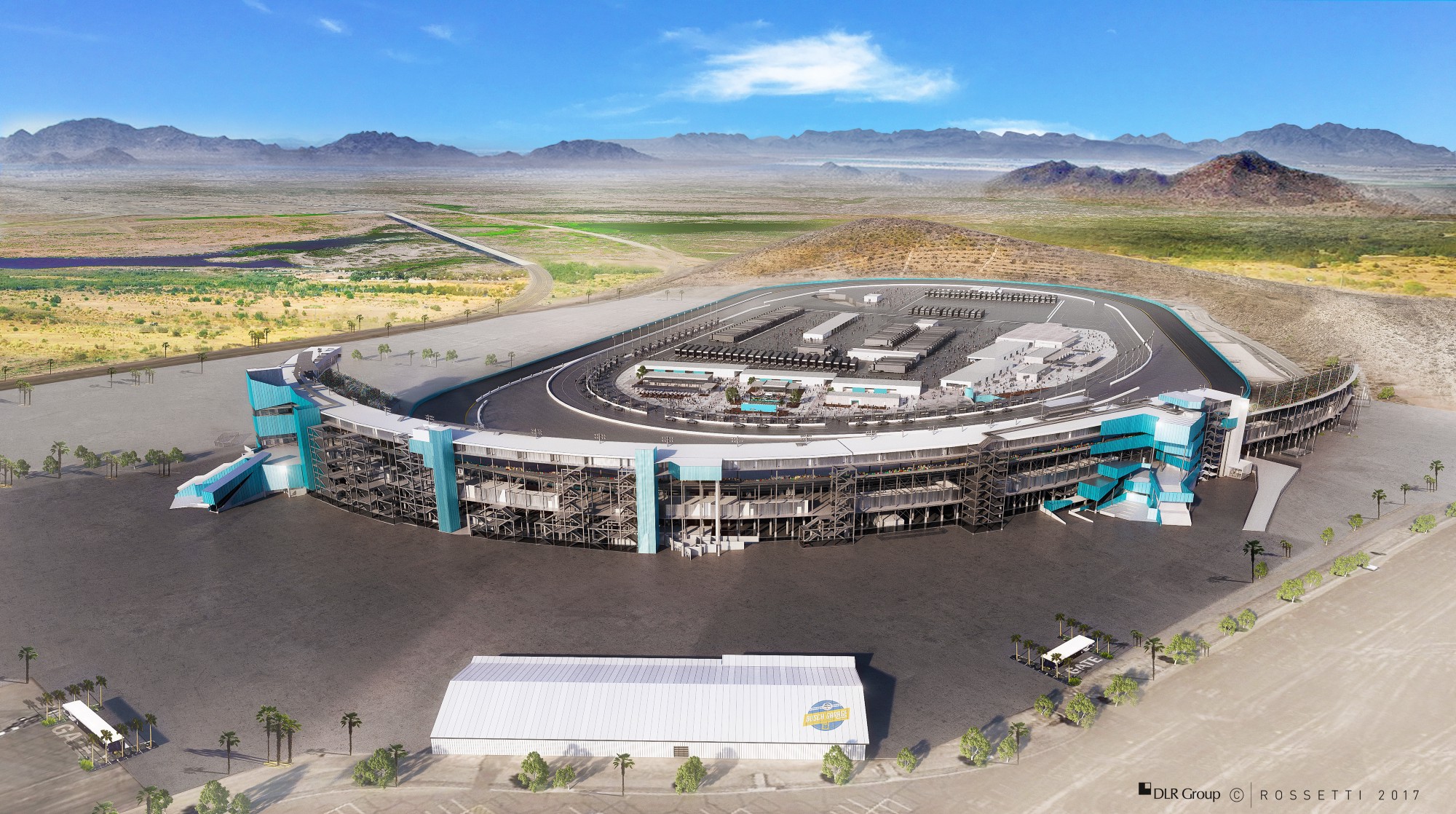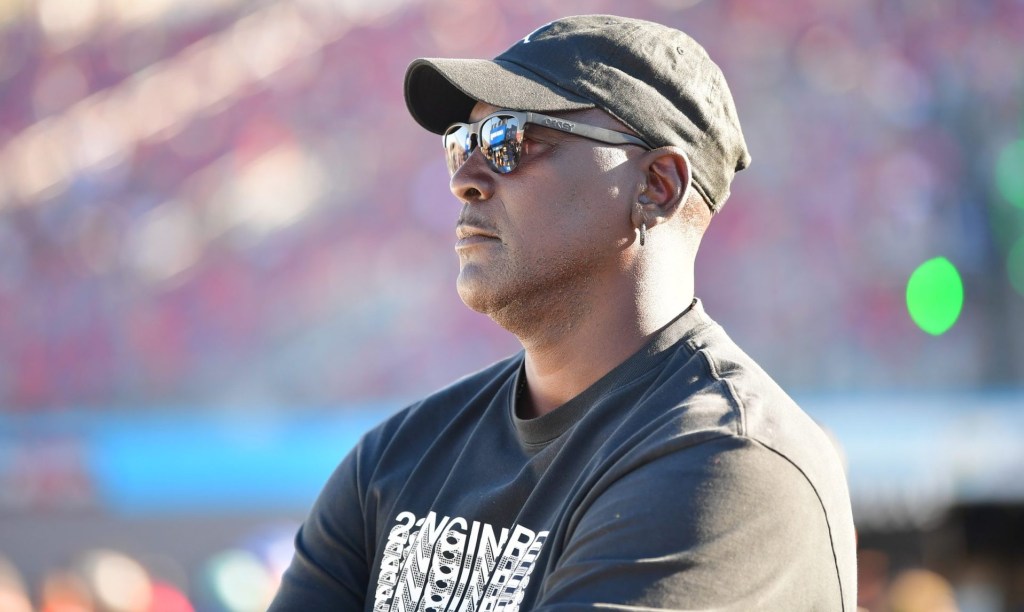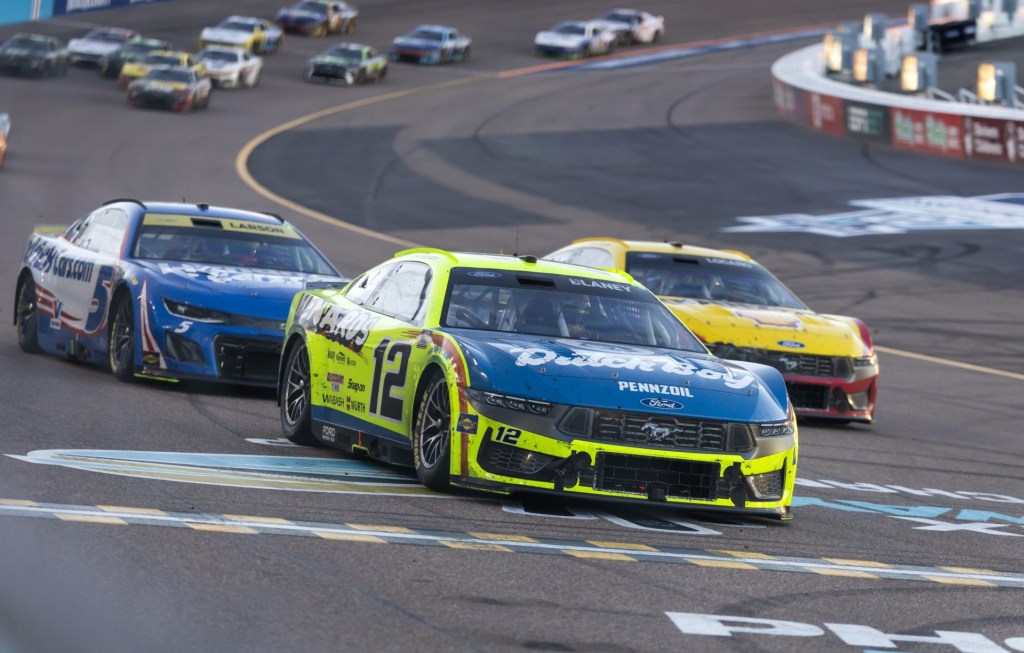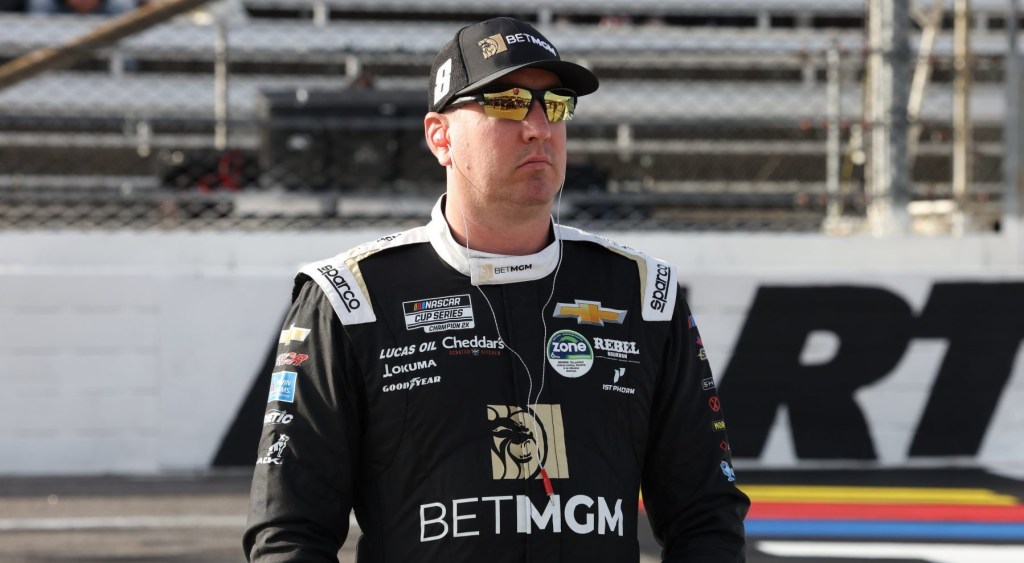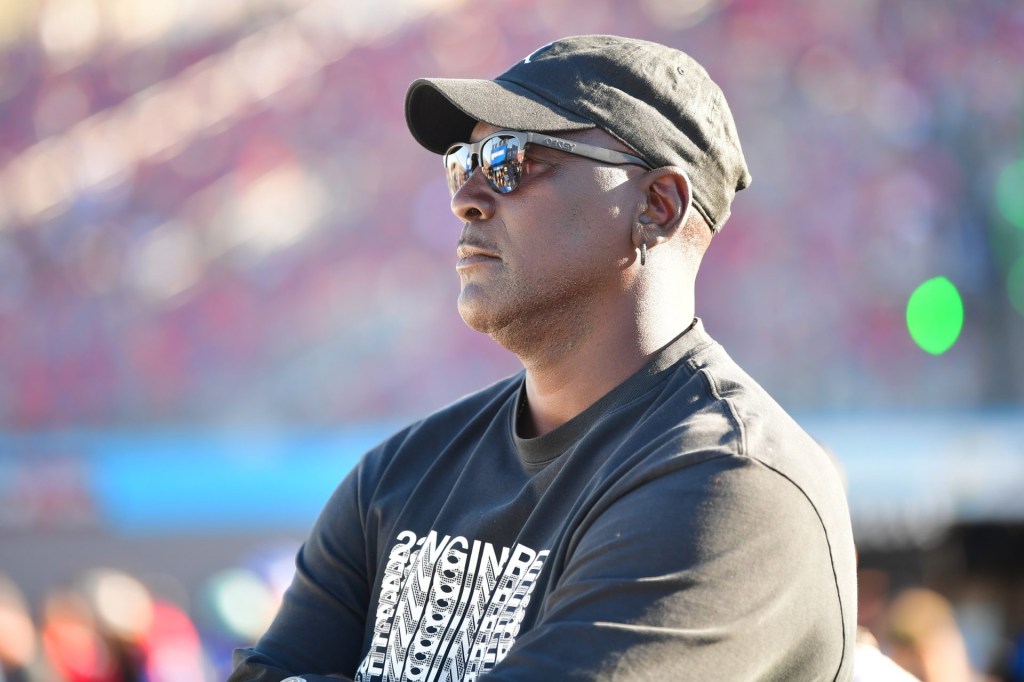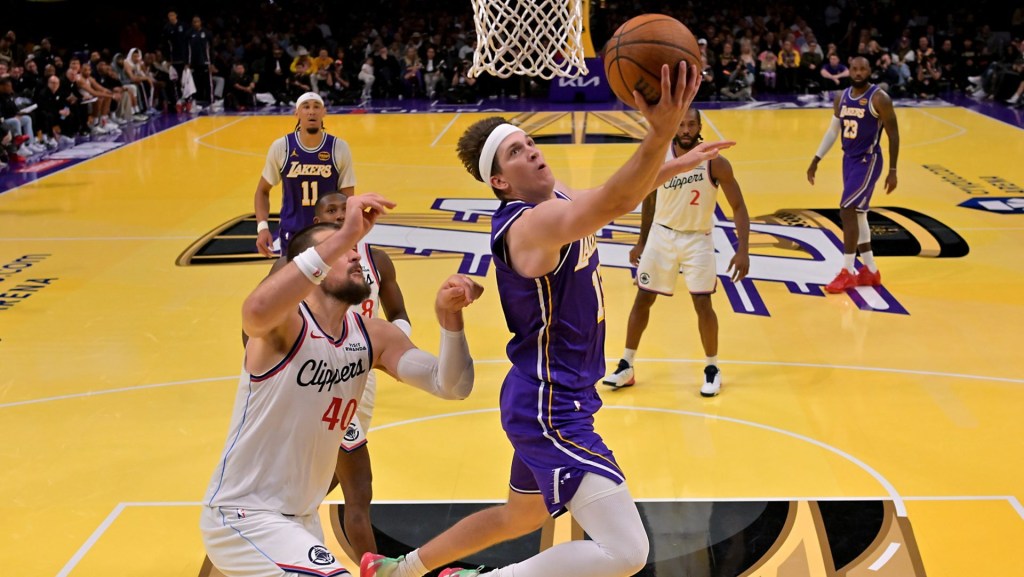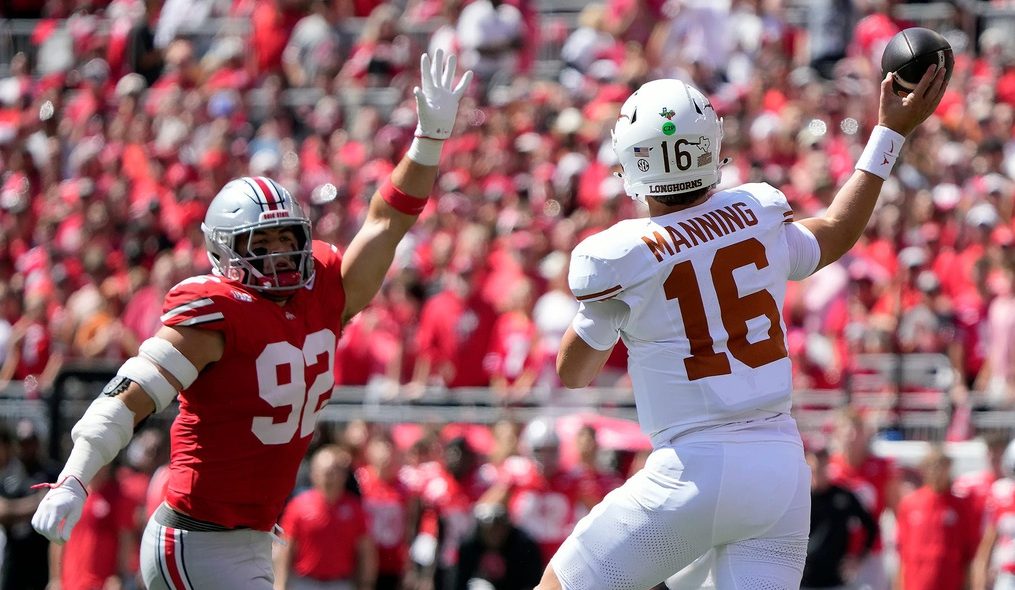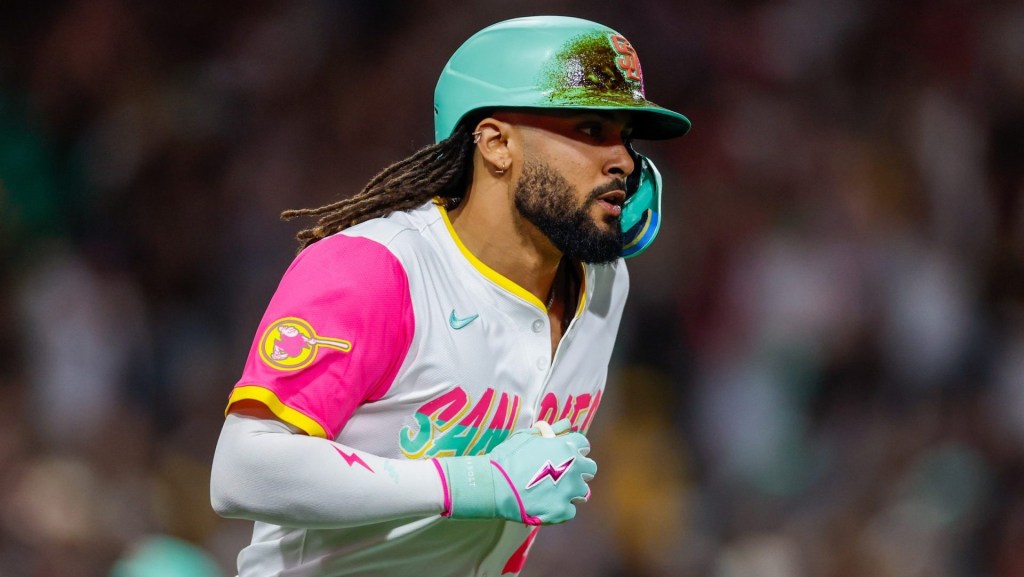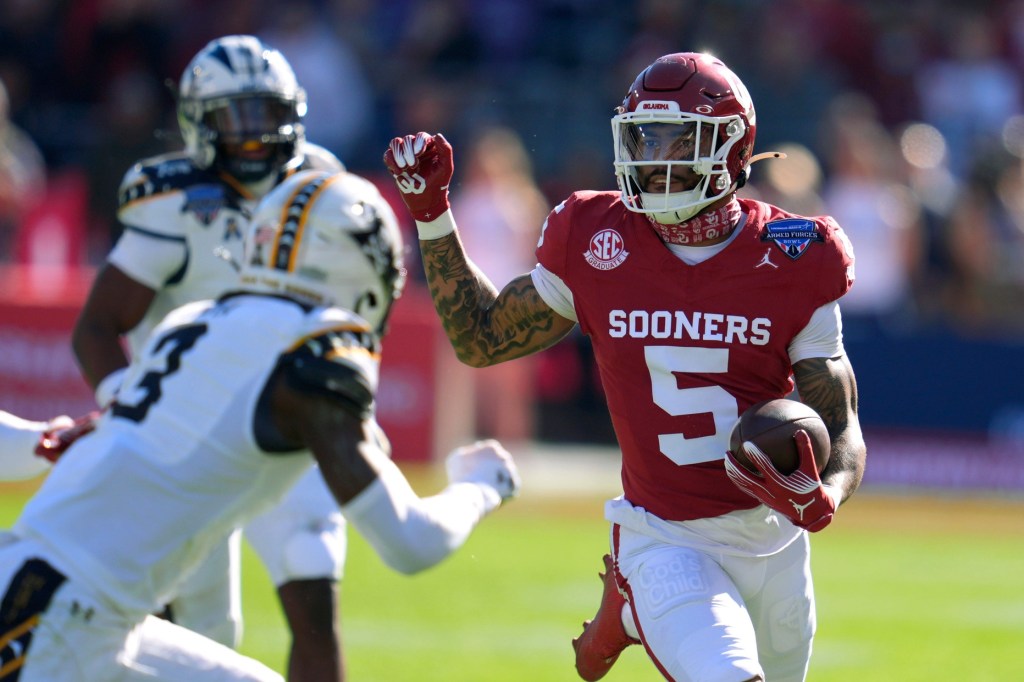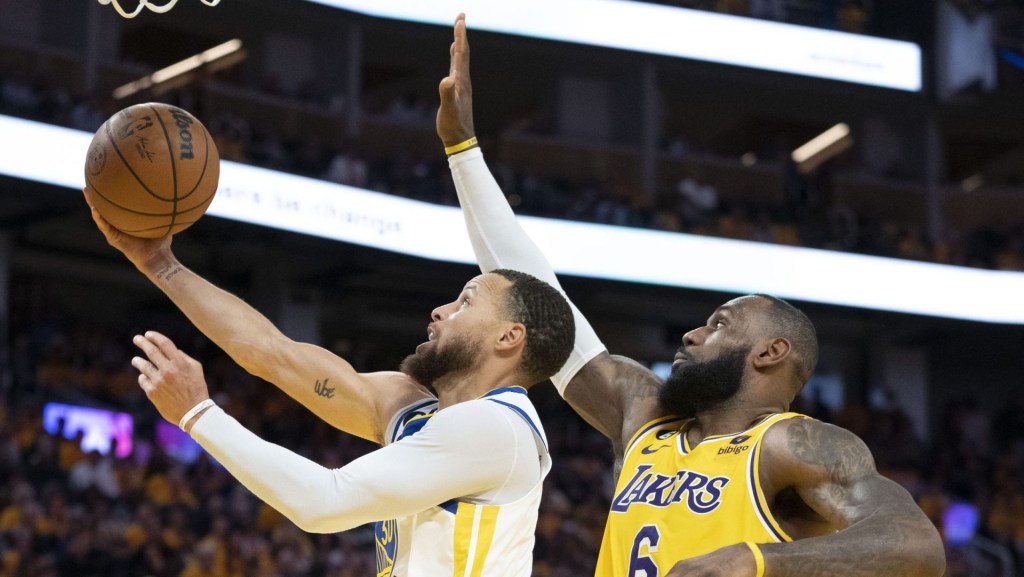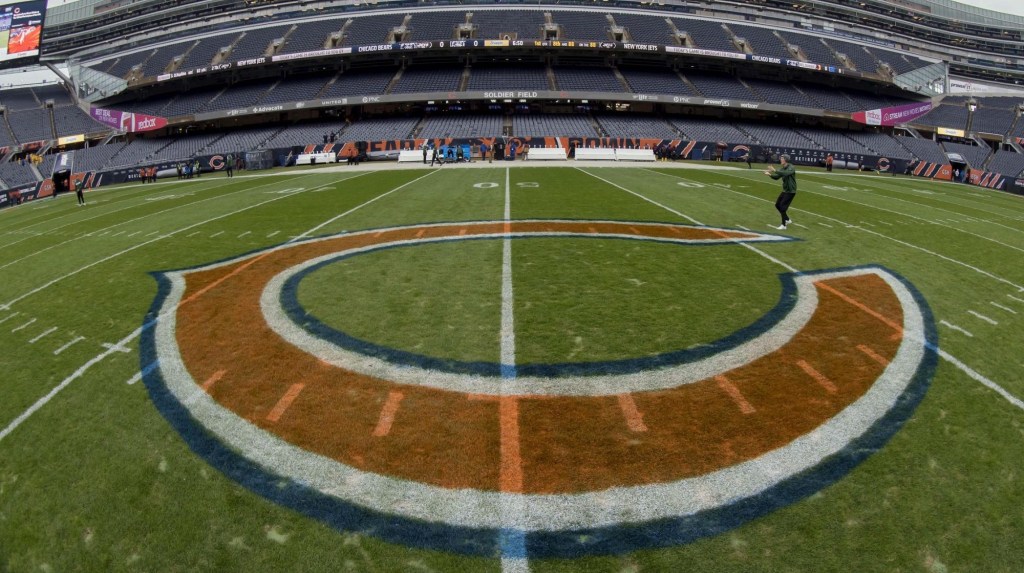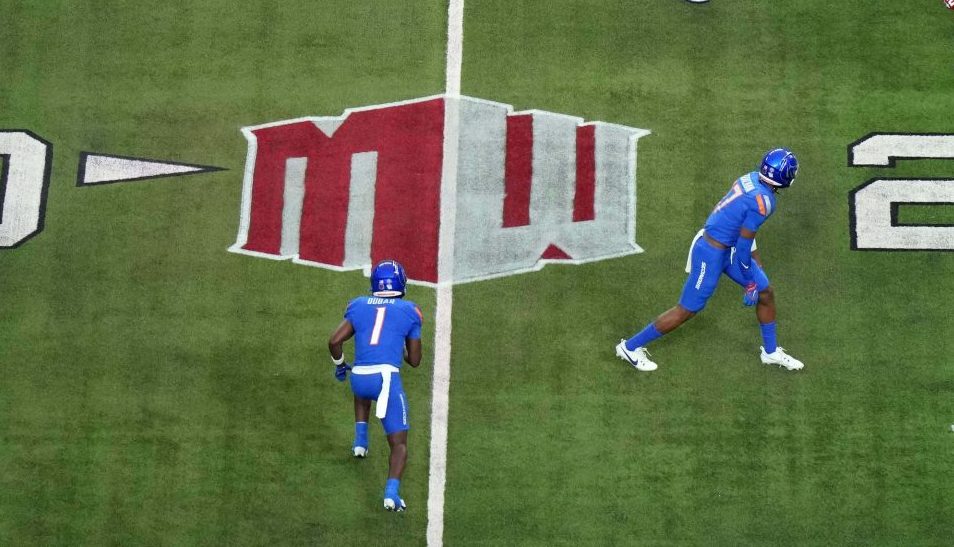Upgrade includes a start-finish line, a redesigned infield and Wi-Fi connectivity throughout the property.
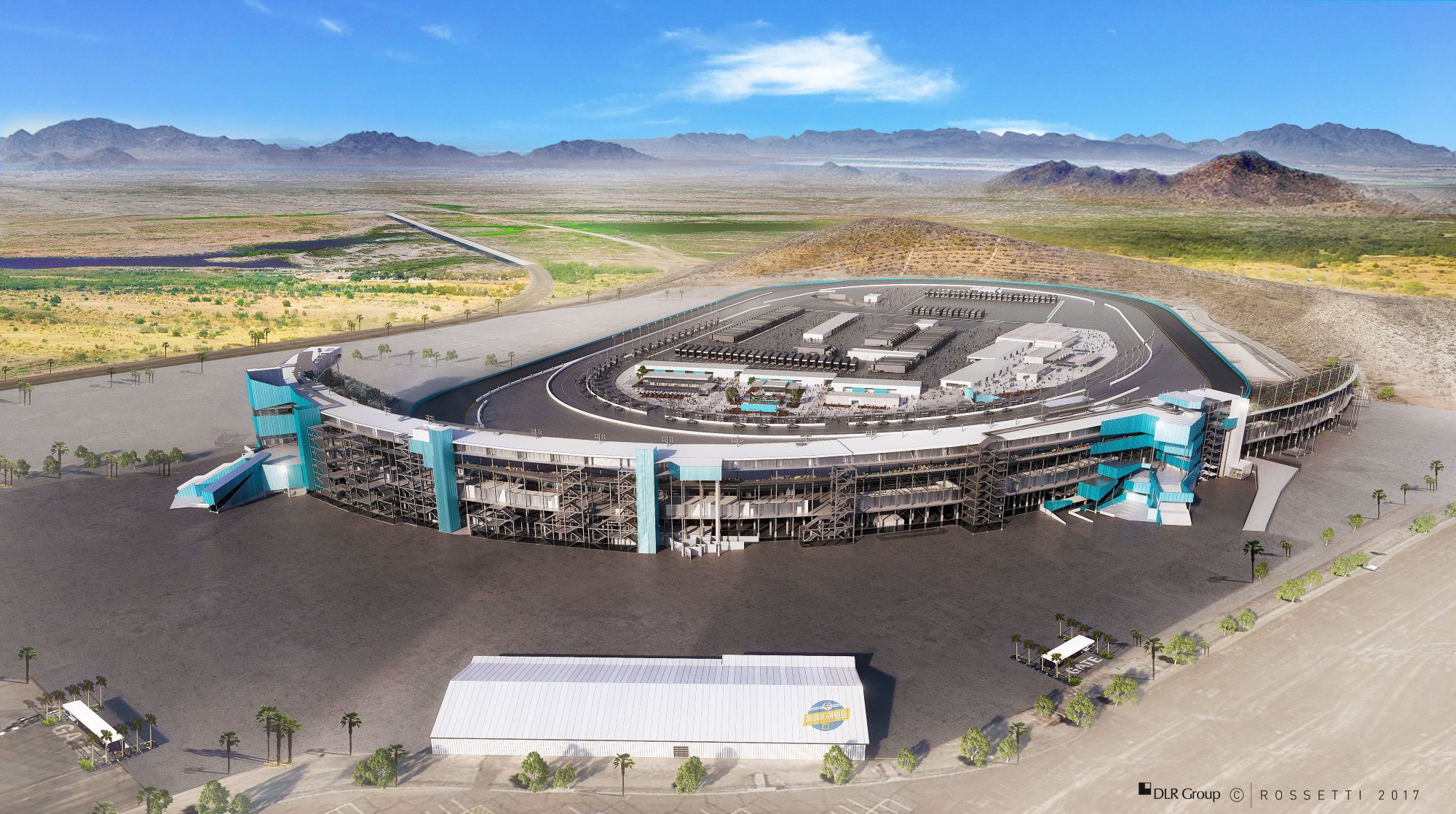
Phoenix International Raceway is getting an upgrade — a big one for that matter. The track announced that it will undergo a $178 million renovation called The Phoenix Raceway Project Powered by DC Solar in time for its 2018 fall NASCAR weekend.
DC Solar will now sponsor not only the track’s NASCAR XFINITY Series event, the DC Solar 200, but also the multi-million dollar project. That’s tremendous sponsorship activation for the Arizona based venue.
“What we have happening at Phoenix is a breakthrough for motorsports facilities nationwide,” President of Phoenix International Raceway Bryan Sperber stated.
Here are the details. The nearly two-year long project includes the following upgrades and changes. The upgrade includes:
· The repositioning of the start-finish line just prior to the dogleg in turn two. With the location change, Phoenix joins Talladega Superspeedway as the only tracks to have a ‘unique’ start-finish line, positioned elsewhere than the front stretch.
· A redesigned infield, which places fans face-to-face with the stars of NASCAR like Brad Keselowski, Chase Elliott, Kyle Larson and Jimmie Johnson. The new design will allow fans unheard of access to the sport’s biggest names during the raceways two NASCAR event weekends.
· Wi-Fi connectivity throughout the property, including in-seat.
· Seating upgrades — including the removal of benches and installation of 21-inch and 22-inch chair back seats in the Bobby Allison grandstands.
· Escalators and elevators for easier fan transportation, as well as the construction of a pedestrian tunnel connecting the grandstands to the infield.
· Changes to the Midway — which spans a half-mile in length, include a new guest services and ticket building.
· A new pit road and five new garages.
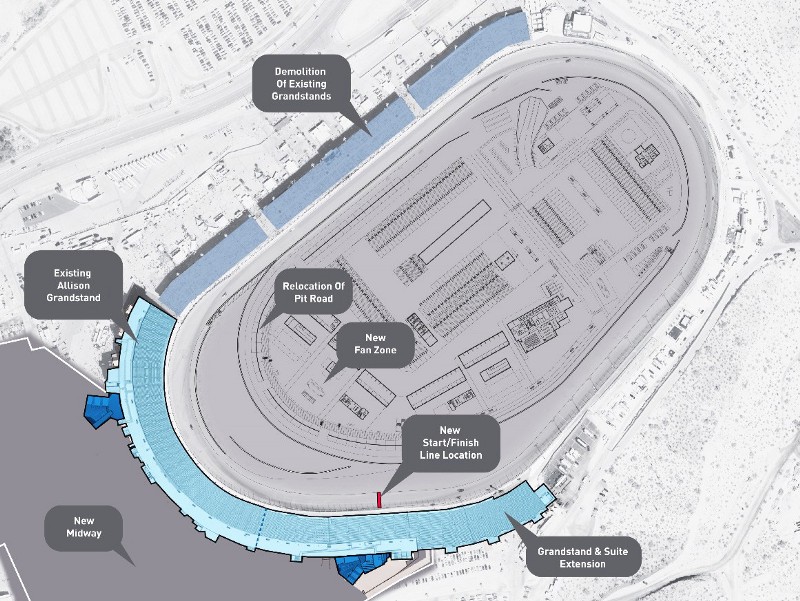
On the track, the dog-leg will make the racing even more exciting for fans. Additionally, Phoenix will be the first track to have a restart zone in a turn, rather than on the front stretch.
“The action will be phenomenal,” said Sperber. “Having the restart zone in the turn and the start-finish line moved makes us a facility with even more incredible racing, with so much on the line, especially for our playoff race.”
From a business perspective this upgrade is huge for Phoenix International Raceway. Not only will the new infield, featuring face-to-face access to NASCAR drivers, be something that helps to boost revenue, but the Wi-Fi across property, especially in-seat, will be a huge draw. PIR is the first track on the NASCAR circuit to have Wi-Fi connectivity throughout its facilities.
“Race fans of all ages are expecting to be able to have access to their devices and technology,” Sperber noted. “We are in the final stages of talks with technology companies that are in the gaming and app industry, which will make the experience at Phoenix an even more thrilling one. With Wi-Fi, we’re taking advantage of a great opportunity.”
NASCAR announced earlier this year that it was seeing a double-digit increase in viewership both at the track and on television from fans ages 18–34. According to John Saunders, International Speedway Corporation President (parent company of PIR), it was the first-time the company had seen such an increase. Phoenix’s upgrade should help continue that increase.
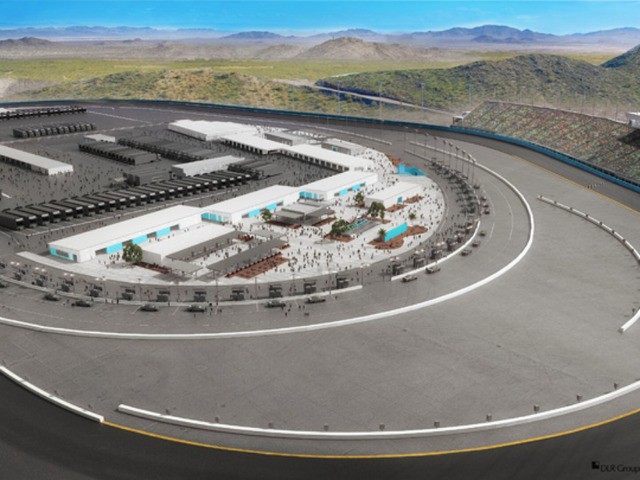
Wi-Fi is a huge deal, especially for the younger generation of NASCAR fans, commonly referred to as millennials. If millennials (or fans of any age) want to snap a picture of the racing action and upload it to one of their social media accounts, they’ll be able to do so. Just as NASCAR catered to the younger generation with its format changes for 2017 and beyond, Phoenix International Raceway is doing the same with in-seat (and property wide) Wi-Fi.
While the renovation will be a huge benefit to the track and draw in even more fans, work must be done during Phoenix’s event weekends. Earlier this year, the track hosted its annual mid-March NASCAR event weekend despite the on-going project.
“It’s been manageable,” Sperber noted. “The construction has been focused on the backstretch thus far. An advantage is that the construction up to this point has been away from the fans. We’re lucky in that regard, especially with our upcoming event schedule.”
Phoenix is the first track to receive an upgrade this extensive since the $400 million Daytona Rising Project was completed in January of last year. The track currently hosts March and November NASCAR event weekends.
We’ll have to wait until 2018 to see the full effects of the project, but the additions coming to Phoenix are sure to bring in additional revenue whether it’s through more fans in attendance or sponsorships sold.
Excited for what’s coming to Phoenix? Let me know @Kraig_Doremus on Twitter.
Front Office Sports is a leading multi-platform publication and industry resource that covers the intersection of business and sports.
Want to learn more, or have a story featured about you or your organization? Contact us today.
